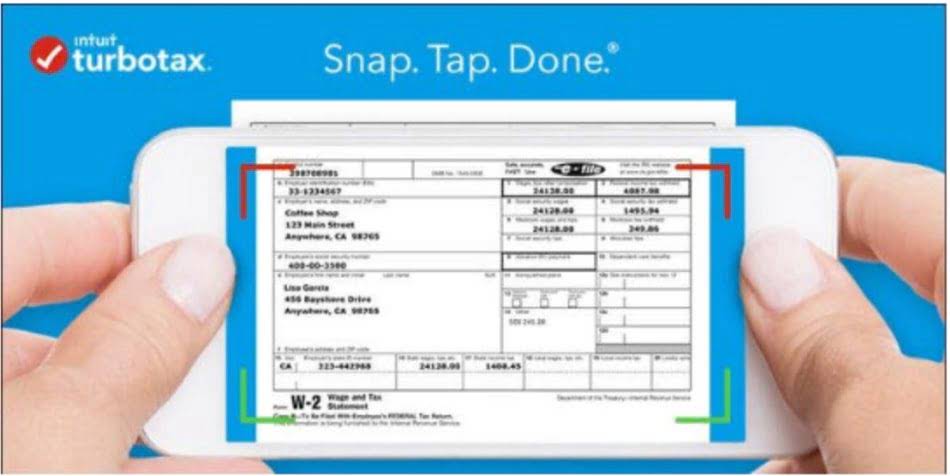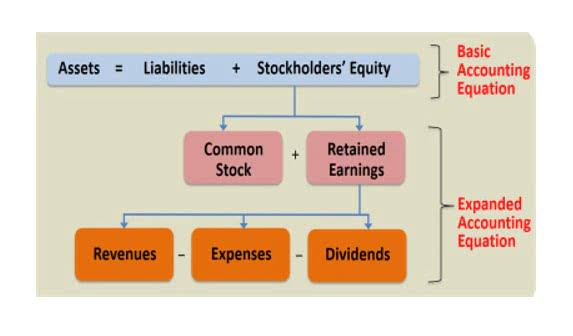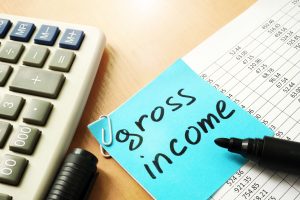Let’s assume, a retail clothing shop is into men’s jeans and sells roughly around 1000 pairs of jeans every year. It takes $5 for the shop to hold a pair of jeans for the entire year, and the fixed cost to place an order is $2. Martin loves entrepreneurship and has helped dozens of entrepreneurs by validating the business idea, finding scalable customer acquisition channels, and building a data-driven organization. During his time working in investment banking, tech startups, and industry-leading companies he gained extensive knowledge in using different software tools to optimize business processes. The Economic Order Quantity determines the inventory reorder point of a company.
- Fortunately, there are generally accepted accounting principles (GAAP).
- When your product inventory levels reach their reorder points, you’ll be prompted to place another order.
- Inventory managers use EPQ to determine optimum lot sizes during production in order to minimise equipment setup and product storage costs.
- This key metric can also be defined as the most economical and cost-effective inventory quantity level a company, industry, or small business orders for the sake of reducing the cost of inventory.
- The EOQ tells you how much of a product you should order, so you can easily use that number when manually creating purchase orders in your POS system, if it has that functionality.
The Economic Order Quantity is a set point designed to help companies minimize the cost of ordering and holding inventory. The cost of ordering inventory falls with the increase in ordering volume due to purchasing on economies of scale. However, as the size of inventory grows, the cost of holding the inventory rises. EOQ is the exact point that minimizes both of these inversely related costs. When inventory falls to a certain level, the EOQ formula, if applied to business processes, triggers the need to place an order for more units.
This approach is also known as trial-and-error approach of determining economic order quantity. Notice that both ordering cost and holding cost are $60 at economic order quantity. Malakooti (2013)[10] has introduced the multi-criteria EOQ models where the criteria could be minimizing the total cost, Order quantity (inventory), and Shortages. A company can manipulate popular earnings measures such as earnings per share and price-to-earnings ratio by buying back shares of its own stock, which reduces the number of shares outstanding. In this way, a company with declining net income may be able to post earnings-per-share growth. Working down the income statement, analysts then might look for variations between operating cash flow and net income.
Example of Earnings Manipulation
Economic order quantity (EOQ) is the order size that minimizes the sum of ordering and holding costs related to raw materials or merchandise inventories. In other words, it is the optimal inventory size that should be ordered with the supplier to minimize the total annual inventory cost of the business. Other names used for economic order quantity are optimal order size and optimal order quantity.
Definition of EOQ
High inventory costs depend majorly on how you order, if there is anything that is damaged, the number of products that lie there not getting sold. If you are constantly re-ordering products that have a very low velocity, EOQ can help you analyze how much to order in a certain period. Examples of holding costs include insurance and property tax, rent, deterioration, maintenance fees, storage space, shrinkage, obsolescence, and others.
It also helps in minimizing the total costs of inventory such as the overall ordering costs, shortage costs, and holding costs. You probably noticed that some of the variables require information on an annual timeline. That’s because the EOQ formula makes certain assumptions that demand, setup costs, holding costs and goods prices are always constant.
The basis for the EOQ formula assumes that consumer demand is constant. The calculation also assumes that both ordering and holding costs remain constant. EOQ applies only when demand for a product is constant over the year and each new order is delivered in full when inventory reaches zero. There is a fixed cost for each order placed, regardless of the number of units ordered; an order is assumed to contain only 1 unit. There is also a cost for each unit held in storage, commonly known as holding cost, sometimes expressed as a percentage of the purchase cost of the item. Although the EOQ formulation is straightforward, factors such as transportation rates and quantity discounts factor into any real-world application.
Factors Determining EOQ
The economic order quantity (EOQ) refers to the ideal order quantity a company should purchase in order to minimize its inventory costs, such as holding costs, shortage costs, and order costs. EOQ is necessarily used in inventory management, which is the oversight of the ordering, storing, and use of a company’s inventory. Inventory management is tasked with calculating the number of units a company should add to its inventory with each batch order to reduce the total costs of its inventory. Economic order quantity is an inventory management technique that helps make efficient inventory management decisions.
The mouth/nose part may also be omitted if the eyes are much more important. This insights and his love for researching SaaS products enables him to provide in-depth, fact-based software reviews to enable software buyers make better decisions. The EOQ assumes the lowest level at which stock can be reduced to is zero. Identifying the optimal number of products to order is the main purpose of the Economic Order Quantity (EOQ). The ordering costs answer the question “How much does an order cost per purchase?
Total Cost and the Economic Order Quantity
Ordering costs refer to all the costs incurred each time an order is placed for inventory with the company. Businesses operate better when they are aware of their ideal Economic Order Quantity. Economic Order Quantity helps a business time its orders for inventory to avoid low stocks and dead stocks situations.
An organization may choose to adjust the figures seasonally and compensate for regular shifts in business giving a more accurate picture throughout the year. Since YOY analysis involves the examination of the same quarter from one year to the next, it does not typically require a seasonal adjustment to provide valuable post closing trial balance data. So a business would see it needs to reorder new materials soon based on its EOQ figure, but usually it’s not able to purchase less than the MOQ set by the company from which it makes that order. What this can mean is that the seller’s MOQ is higher than a buyer’s EOQ and the order can’t be placed.
Extensions of the EOQ model
Many emoticons are included as characters in the Unicode standard, in the Miscellaneous Symbols block, the Emoticons block, and the Supplemental Symbols and Pictographs block. A number of Eastern emoticons were originally developed on the Japanese discussion site 2channel. Some of these are wider (made up of more characters) than usual kaomoji, or extend over multiple lines of text. Many use characters from other character sets besides Japanese and Latin.
Harold Averkamp (CPA, MBA) has worked as a university accounting instructor, accountant, and consultant for more than 25 years. Determination of Economic Order Quantity (EOQ) does not put a delay in delivery time into consideration. It gives the best results concerning inventory which leads to better and long-lasting patronage. Take your learning and productivity to the next level with our Premium Templates.
Quarter over quarter (Q/Q) is a measure of an investment or a company’s growth from one quarter to the next. Both EOQ and EPQ are a way of predicting inventory requirements to reduce costs and prevent stockouts. The reason for this is that it makes assumptions about stock levels and demand throughout the year. James runs an eCommerce store that sells t-shirts, buying interesting designs in bulk and holding stock at a small warehouse. At the same time, EOQ has some key limitations that mean it’s not a formula every business can use – we lay out its advantages and disadvantages below.
By determining a reorder point, the business avoids running out of inventory and can continue to fill customer orders. If the company runs out of inventory, there is a shortage cost, which is the revenue lost because the company has insufficient inventory to fill an order. An inventory shortage may also mean the company loses the customer or the client will order less in the future. Companies that manipulate their earnings are said to have poor or low earnings quality. However, many companies with high earnings quality will still adjust their financial information to minimize their tax burden. Other variations of Q/Q are month over month (M/M) and year-over-year (YOY).
Economic Order Quantity is valuable to both small and big business owners. It assists managers in taking decisions on the number of times they make orders on a particular item, how often they reorder to get low possible costs and how much inventory they have. The EOQ assumes demand is constant and inventory is reduced at a fixed rate until it reaches zero.
Too much inventory means that the company is taking on unnecessary holding costs while also running the risk of increased costs due to damaged goods. On the other hand, too little inventory can lead to stock-outs which will cause you to lose sales. Having to reorder goods frequently also racks up transportation costs.By calculating EOQ, a business can determine when https://intuit-payroll.org/ an order is to be placed and how much is to be ordered. This allows the company to make strides towards being as cost-efficient as possible while ensuring that production and sales continuity is guaranteed. Without it, companies will tend to hold too much inventory during periods of low demand, while also holding too little inventory in periods of high demand.










